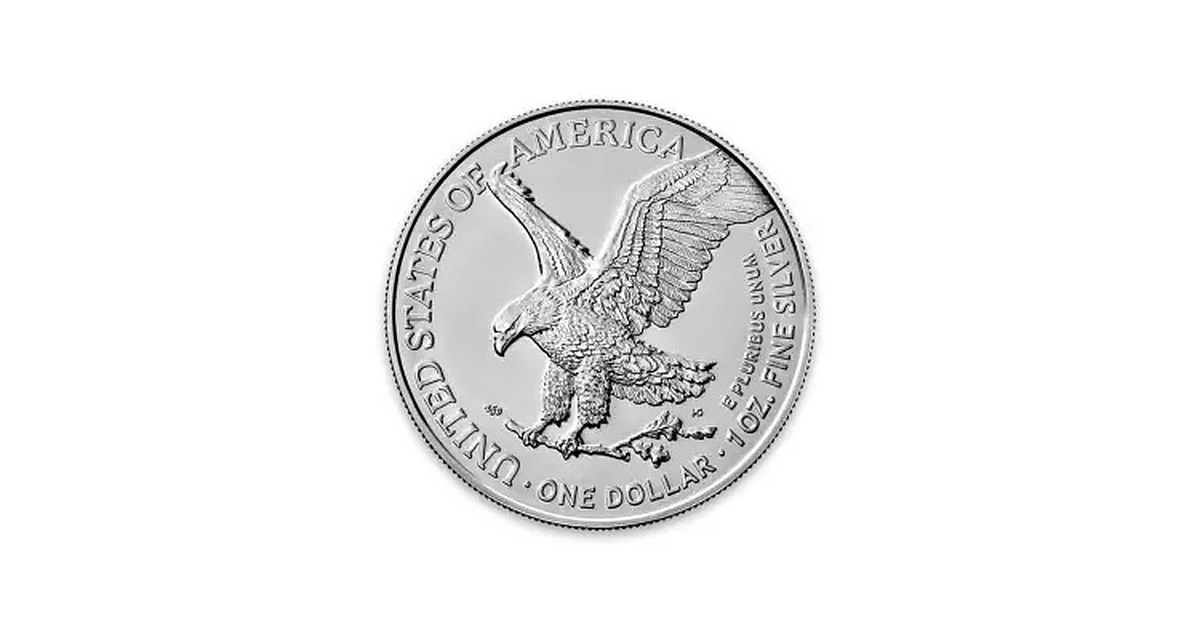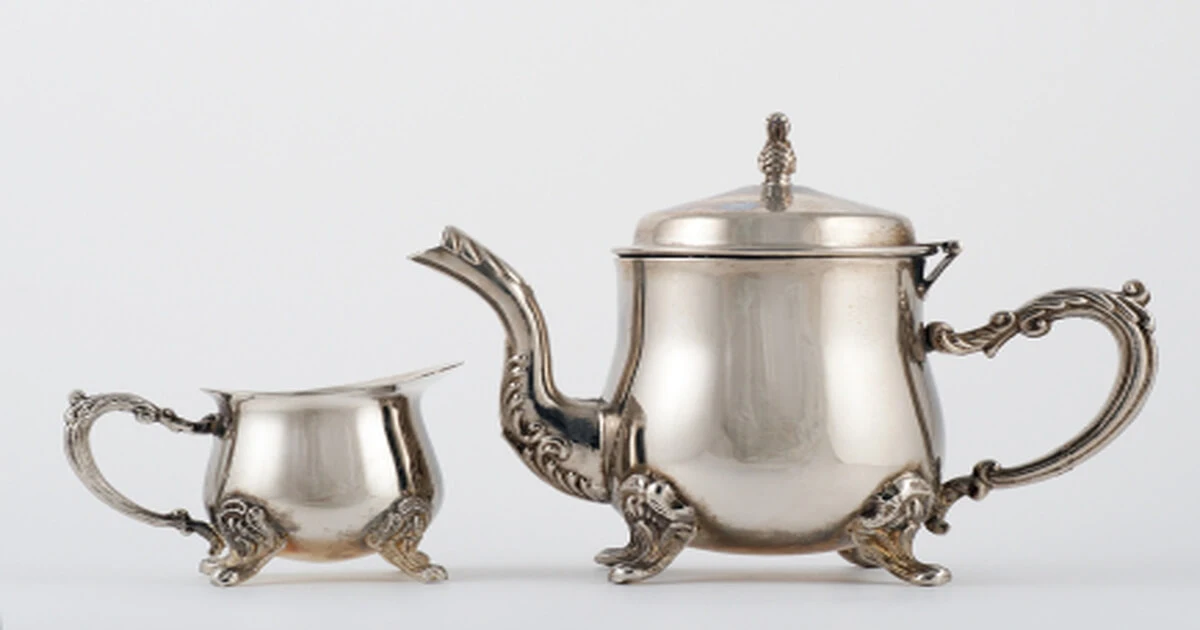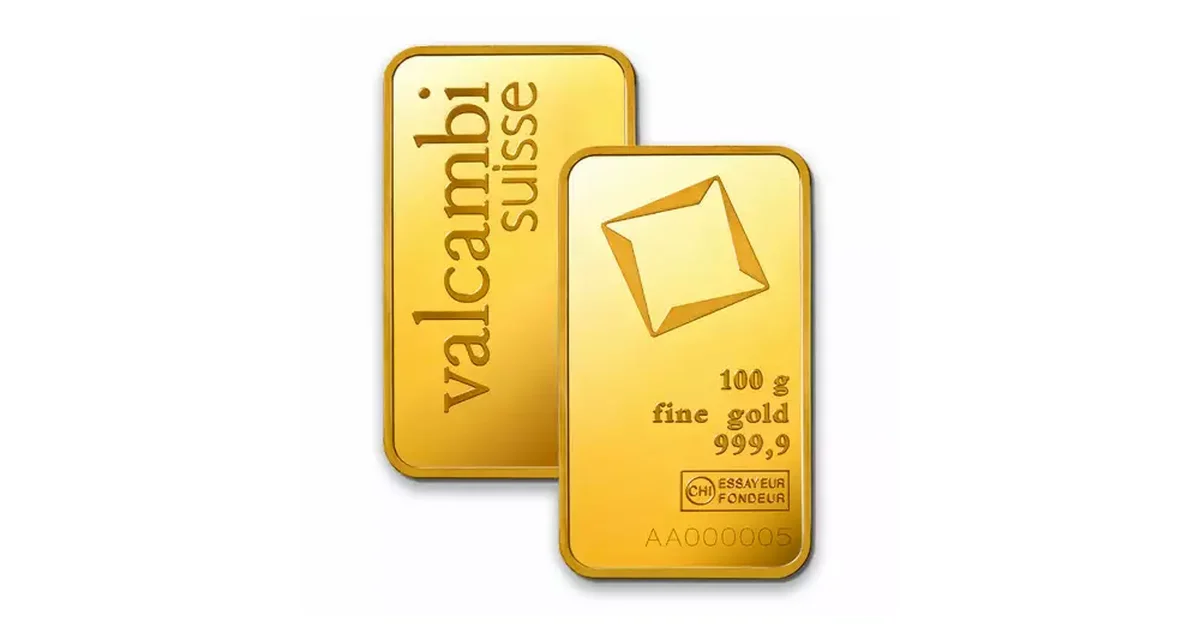
If you've been following the financial world recently, you might have noticed that silver has been the hot buzzing topic. The investing community is going into a frenzy about its possibilities, and rightfully so. With economic uncertainty, concerns about inflation, and changing global markets, silver is more than just an industrial metal.
Before you rush and check the silver price today, first let’s understand the current market trends and whether 2025 is the time to invest in silver. Looking back, silver has historically been a hedge against inflation and currency fluctuations, but different opportunities and risks play well with its role as the new year dawns.
So, should you buy silver in 2025? Let’s break it down. In this blog, we will uncover market trends, price predictions, and the most important factors that can affect its role in your portfolio.
Silver Price Forecast for 2025
As we enter 2025, investors are closely monitoring silver prices every day, speculating about whether its growth will be bullish or just stable in the upcoming months.
Analyst Predictions and Market Sentiment
Financial analysts and industry insiders have different opinions regarding where silver price today is headed in 2025. Some foresee an incredibly strong bull market driven by enhanced industrial demand and monetary uncertainty while some envision tempered growth with the rate hikes.
- Bullish Forecasts: Bullish analysts highlight silver's growing significance in renewable energy — especially for solar panels — alongside increasing investor demand as a hedge against inflation.
- Bearish Forecasts: On the contrary, other experts warn of slower price gains if inflation is stabilized and the Federal Reserve continues with elevated interest rates.
Economic and Geopolitical Influences
Several major elements will influence the current silver price in 2025:
- Inflation and Interest Rates: A high inflation rate may push people to invest in some silver. If central banks keep up aggressive interest-rate policies, it could limit price growth.
- Global Economic Trends: A recession or economic slowdown could push investors into the silver safe haven. A sound economy may keep it intact at the same industrial demand.
- Geopolitical Uncertainty: Ongoing conflicts across the globe, dividends of trade, and supply chain interruptions may lead to price volatility in the silver market.
Possible Scenarios in the Market
Looking at the two paths for silver in 2025, the following is expected:
- Bullish Case: If high inflation persists, there will be a growth in demand for silver across the fields of electronics and renewable energy. Central banks easing monetary policy will witness a tilt in the supply-demand balance, causing a price spike.
- Bearish Case: Continuation of somewhat elevated interest rates, stabilization of economic conditions, and softening in industrial demand could well lead to narrow price movements or even slight price declines.
Although the scenarios can be unpredictable, it is always highly suggested that you stay informed about the silver price chart and conduct a thorough silver market analysis to capitalize on silver’s potential in 2025.
Benefits of Investing in Silver

While making investment decisions in an unpredictable financial panorama, silver continues to shine as an all-weather asset. A perfect blend of industrial utility and store-of-value characteristics make it attractive to investors. Depending on the investor's motivation — whether it is portfolio diversification, hedging against inflation, or merely profiting from growing industrial demand — silver can be a compelling investment in both short-term speculation and long-term security.
Diversification and Wealth Preservation
Silver has often been considered a strong hedge against inflation and economic crisis. When compared to paper assets, silver has intrinsic value, which makes it much less susceptible to swings in the broader economy, making it a reliable form of wealth.
Industrial Demand and Long-Term Growth
Silver's contributions extend well beyond being a precious metal. Its uses range across a wide spectrum of technology applications, renewable energies, and even medical applications. The ramping-up demand for silver through green energy and electronics indicates a strong potential for long-term growth.
Affordability Compared to Other Precious Metals
For many investors looking for accessible entry points into the precious metals market, silver represents a more affordable alternative to gold. It provides significant investment quality at a moderately lower price, making it available to many likely investors.
Risks and Challenges of Silver Investment
Although silver is an exciting prospect for investments, it comes with its own share of risks. Its value is subject to a multitude of economic and market determinants. An understanding of these challenges helps investors with sound investment decisions and in formulating strategies to act against possible catastrophes.
Market Volatility and Price Swings
Silver does have a historical record of wide price movements and has traditionally been viewed as a more volatile investment compared to gold. Inflation fears, economic recessions, and the completion of values curtail quicker price adjustments. In most cases, this means high rewards but a proportional increase in risk for agents; hence, requiring careful consideration of time and longevity.
Liquidity and Storage Conditions
Investing in physical silver will, unfortunately, entail issues such as safe storage and liquidity. Stocks and ETFs can be sold with a few mere clicks, but selling physical silver may take longer, get you involved in a hassle, and ratchet up your time for the recovery with respect to market cap.
Macroeconomic Factors Affecting the Value
Factors such as the economic trends on a global scale, central banks’ monetary policies, and technological evolution that steer the value of silver. During a recession, silver often serves as a hedge against currency depreciation. However, this dynamic can shift unexpectedly due to fluctuations driven by rising industrial demand or changes in government mining regulations. Investors looking to navigate the complexities of silver must closely monitor macroeconomic trends to stay ahead.
Comparing Silver to Other Precious Metals
When investing in silver, you should make some comparative notes with other precious metals such as gold, platinum, and palladium. Each of these metals has its own distinct properties, appeal as an investment, and tendency in the market. Recognition of these differences can only steer any kind of investor in the direction of making strategic choices and building a balance within any portfolio.
Silver Versus Gold
Silver and gold are treated as safe-haven assets, but both come with basic differences making their potential investment different. Gold has been historically considered to provide better stability and is recognized all over the world as a better store of value, which is why some investors prefer gold during times of economic strife. Because silver is more price volatile, it can offer meteoric price jumps, hence, present-grabbing opportunities can be made in a shorter time frame. Also, silver is dominated by industrial consumption, while gold is mostly consumed in jewelry firms and as reserves for monetary purposes.
Silver Versus Platinum and Palladium
In the grander scheme of things, platinum, and palladium are investment metals rarely discussed but valuable all the same. Unlike silver, which finds application in electronic devices and solar panels, the two metals are highly specialized — one of their main uses in the automotive industry as catalytic converters. Because of this demand, their price is highly susceptible to swings depending on industrial demand and disruptions in the supply chain. Although their price ranges above that of silver, they come with formidable market risks thanks to their limitation of applications.
Building a Diversified Precious Metals Portfolio
For an investor trying to keep the right mix between optimum risk and optimum reward, holding a combination of different metals is the way to go. Gold does provide stability, silver opens itself up for growth opportunities, and platinum or palladium can be expected to gain when it is subject to some macroeconomic bid. To counter any change in the economy, proper diversification helps offset risks involved when price fluctuations occur in the commodity.
Best Ways to Invest in Silver in 2025
Given the increase in silver's attraction, both as an industrial metal and a safe-haven asset, there is now an unending number of ways for investors looking to realize a certain upside in the precious metal sector. Be it through physical silver or financial instruments such as ETFs and stocks; each way tends to provide its unique advantages based on the investment goal and risk exposure.
Buying Physical Silver: Coins Vs. Bars
For those who prefer tangible assets, purchasing physical silver in the form of either coins or bars remains traditional and trustworthy. Collectors and investors both prefer coins as they are government-backed in purity and liquidity, like the American Silver Eagles and the Canadian Maple Leafs.
Bars appeal to investors because they tend to have a lower premium over spot prices, hence making them a more cost-effective means of accumulating large amounts of silver. However, this means the investor will have to bear the costs of storage and will have to ensure the silver is safe from theft or damage.
Timing Your Silver Investment
Investing in silver requires strategic timing to maximize returns, as its price fluctuates based on economic cycles, industrial demand, and investor sentiment. A well-informed investor who understands silver’s historical performance and key economic indicators will be better positioned to make smart buying and selling decisions.
Analyzing Market Cycles
Silver prices follow long-term cycles influenced by economic trends, inflation, and monetary policies. Historically, silver has seen significant price increases during times of economic uncertainty and inflation. When a cyclical bull market is expected, analyzing past bull and bear markets can provide valuable insights for timing market entry.
Key Economic Indicators to Watch
Certain economic indicators can signal potential shifts in silver prices. Inflation rates, central bank interest rate policies, and fluctuations in the dollar’s value — especially against other currencies — play a key role in determining silver’s worth. A weaker dollar typically drives silver prices higher, making it more affordable for foreign investors. Additionally, strong industrial demand from sectors like renewable energy and electronics supports silver’s long-term growth potential.
Short-Term vs Long-Term Investment Strategies
Investing in silver can be approached with either a short-term or long-term strategy, depending on individual risk tolerance and financial goals. Short-term traders seek to profit from market volatility, actively monitoring price fluctuations and making quick decisions. In contrast, long-term investors view silver as a store of value, gradually accumulating it as a hedge against inflation and economic downturns. Including silver in a portfolio can help balance risk and provide stability during uncertain times.
Where to Buy Silver in 2025
Investors looking to buy silver need to find a trustworthy source for quality bullion at fair prices. Whether you want it for wealth preservation, diversification of portfolios, or industrial uses, it is important to choose a reputable dealer to ensure quality and competitive prices with the protection of transactions.
Pacific Precious Metals: Reputable Buyer of Silver
Pacific Precious Metals is a trustworthy dealer in the precious metals market. Noted for our transparency and customer-focused approach, we offer an extensive array of silver products that meet the needs of both novice and experienced investors. For those investors looking for assured quality and service with silver purchases in 2025, we are right here to help you out.
Different Forms of Silver Products Offered
Investors can choose from various silver bullion options, including bars and coins minted by renowned institutions such as the U.S. Mint, Royal Canadian Mint, and Perth Mint. These come in different sizes, from highly tradable coins like the American Silver Eagle to larger bars suited for bulk investments.
Safe and Transparent Transactions
One of the biggest pros of buying from us is that we guarantee safe, transparent transactions. Our live market-based pricing, followed by strict authentication and a safe purchase process, leaves investors at ease when it comes to silver acquisition. Customers online or in-store can feel they are putting their money into genuine, fine silver.
Why Should You Buy Silver in 2025
Silver continues to be a compelling investment opportunity in 2025 for those looking to preserve wealth, diversify risk, and capitalize on long-term growth. With industrial demand on the rise and interest in precious metals increasing, silver remains an accessible and potentially profitable asset. However, like any investment, it comes with risks, including market volatility and external economic factors.
To invest in silver successfully, it’s essential to conduct thorough market research, develop an effective risk management strategy, and understand different investment options. Equally crucial is selecting a reputable dealer. Pacific Precious Metals is a trusted source for high-quality silver bullion, offering secure transactions and transparent processes. Whether you're an experienced investor or new to precious metals, choosing the right supplier ensures you get the best value while safeguarding your investment. By staying informed and making strategic decisions, investors can maximize the benefits of silver in 2025.










